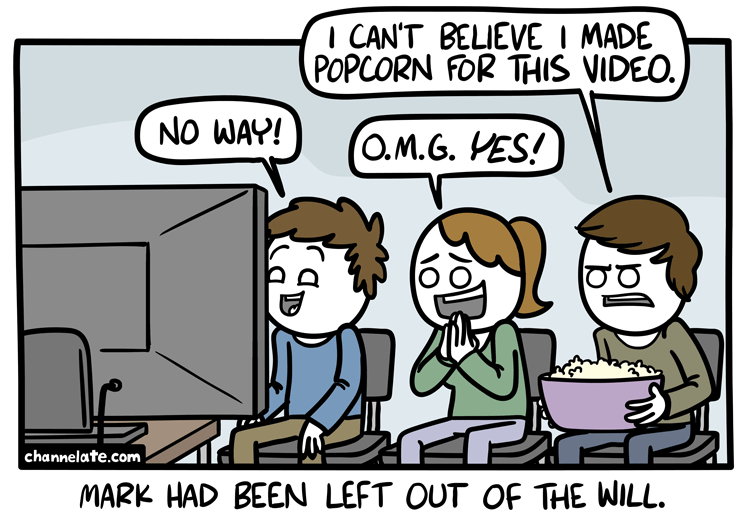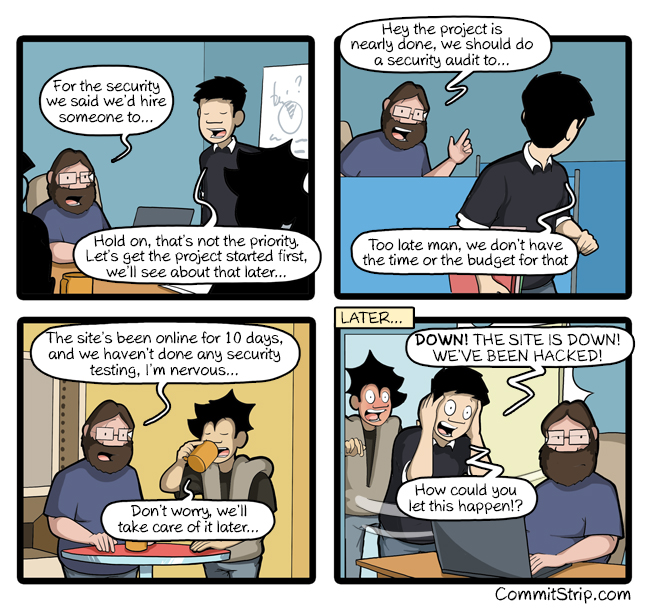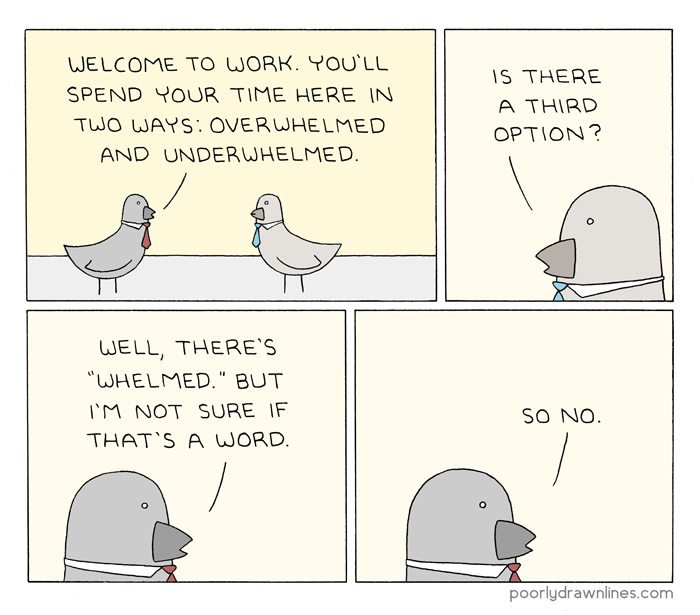
Shared posts
“Internet of Ships” tells tale of USS Fitzgerald tragedy—or half of it

Enlarge / YOKOSUKA, Japan (June 17, 2017) The Arleigh Burke-class guided-missile destroyer USS Fitzgerald (DDG 62) returns to Fleet Activities (FLEACT) Yokosuka following a collision with a merchant vessel while operating southwest of Yokosuka, Japan. (credit: US Navy)
On early Saturday morning off the coast of Japan, the Philippines-flagged cargo container carrier ACX Crystal struck the USS Fitzgerald (DDG-62) on its starboard (right) side, crushing the part of the Fitzgerald's superstructure where its commanding officer's quarters were and rupturing the ship's hull below the waterline. Seven sailors died in a flooding berthing compartment, and the captain (who was in his quarters) and two other crewmen were injured.
As the incident was unfolding, the world was given an almost immediate look at part of the story behind the collision thanks to data from the Automated Identification System (AIS) aboard the Crystal. AIS, a tracking system that has become the "Internet of Ships," was intended to help prevent such collisions, but it has also become a tool for nearly anyone to identify and track ships traveling around the world through websites and mobile applications. And the half of the story that Crystal's track told quickly raised questions about what exactly was going on with the freighter just before the collision—and whether the incident was something more than just a random accident.
AIS was developed in the late 1990s as a radio-based transponder system, initially intended to be used as part of a collision avoidance system for ships operating out of range of land-based shipping controllers. AIS has been extended further by the addition of satellite monitoring of AIS traffic and the integration of AIS data into navigational beacons and local vessel traffic services (VTS)—think air traffic control for ships. Mandated for all ships over 300 gross tons starting in 2002, nearly all commercial sea-going vessels are now required by one authority or another to be equipped with AIS for tasks such as fishing fleet monitoring, search and rescue, and maritime security. It also can be used for accident investigation along with the Voyage Data Recorder (VDR) "black box" mandated by the UN's International Maritime Organization. VDR is limited to 12 hours of data storage.
The tragedy of FireWire: Collaborative tech torpedoed by corporations

Enlarge / In retrospect, perhaps our favorite port logo. (credit: Flickr user jeremybrooks)
The rise and fall of FireWire—IEEE 1394, an interface standard boasting high-speed communications and isochronous real-time data transfer—is one of the most tragic tales in the history of computer technology. The standard was forged in the fires of collaboration. A joint effort from several competitors including Apple, IBM, and Sony, FireWire was a triumph of design for the greater good. It represented a unified standard across the whole industry, one serial bus to rule them all. Realized to the fullest, FireWire could replace SCSI and the unwieldy mess of ports and cables at the back of a desktop computer.
Yet FireWire's principal creator, Apple, nearly killed it before it could appear in a single device. And eventually the Cupertino company effectively did kill FireWire, just as it seemed poised to dominate the industry.
The story of how FireWire came to market and ultimately fell out of favor serves today as a fine reminder that no technology, however promising, well-engineered, or well-liked, is immune to inter- and intra-company politics or to our reluctance to step outside our comfort zone.
This Windows Defender bug was so gaping its PoC exploit had to be encrypted
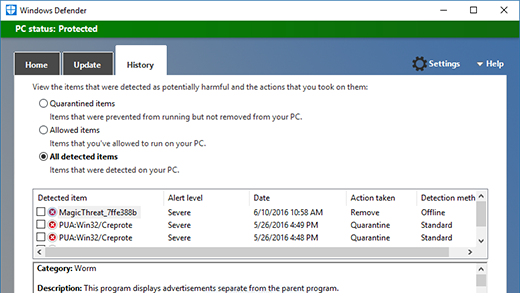
(credit: Microsoft)
Microsoft recently patched a critical vulnerability in its ubiquitous built-in antivirus engine. The vulnerability could have allowed attackers to execute malicious code by luring users to a booby-trapped website or attaching a booby-trapped file to an e-mail or instant message.
A targeted user who had real-time protection turned on wasn't required to click on the booby-trapped file or take any other action other than visit the malicious website or receive the malicious e-mail or instant message. Even when real-time protection was off, malicious files would be executed shortly after a scheduled scan started. The ease was the result of the vulnerable x86 emulator not being protected by a security sandbox and being remotely accessible to attackers by design. That's according to Tavis Ormandy, the Google Project Zero researcher who discovered the vulnerability and explained it in a report published Friday.
Ormandy said he identified the flaw almost immediately after developing a fuzzer for the Windows Defender component. Fuzzing is a software testing technique that locates bugs by subjecting application code to corrupted data and other types of malformed or otherwise unexpected input.
The complete history of the IBM PC, part one: The deal of the century
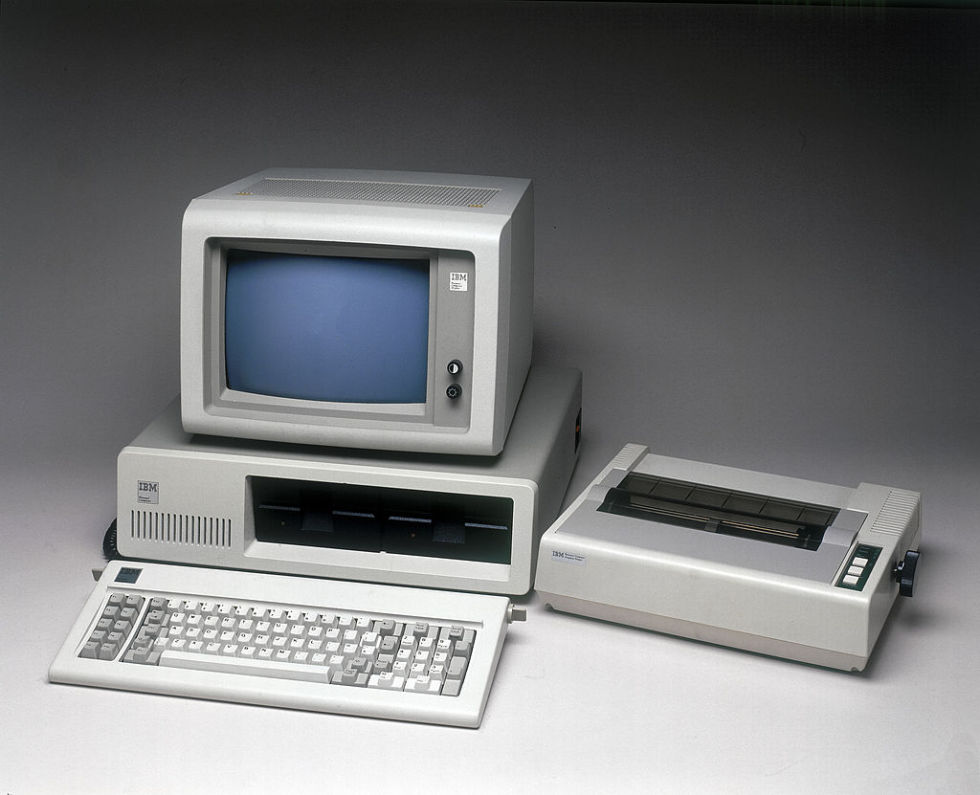
SSPL/Getty Images
One could claim that the IBM PC was not really IBM's first PC at all. In September 1975 the company introduced the IBM 5100, its first "portable" computer. ("Portable" meant that it weighed just 55 pounds and you could buy a special travel case to lug it around in.)
The 5100 was not technically a microcomputer; it used a processor IBM had developed in-house called the PALM which was spread over an entire circuit board rather than being housed in a single microchip. From the end user's standpoint, however, that made little difference; certainly it would seem to qualify as a personal computer if not a microcomputer. It was a self-contained, Turing complete, programmable machine no larger than a suitcase, with a tape drive for loading and saving programs, a keyboard, and a 5-inch screen all built right in along with 16K or more of RAM.
Day Off

Happy 4th of July to my American readers! Hope you’re having a good time away from work!
Simon Stålenhag’s next book of retro sci-fi art is now on Kickstarter

Simon Stålenhag’s artwork is a delight. It’s wonderfully retro science fiction design that is set against the surroundings of rural Sweden. We’ve been fans of Stålenhag work for a couple of years now, and today, he launched a Kickstarter to produce his next art book, titled The Electric State.
Stålenhag Kickstarted his two other narrative art books, Tales from the Loop, and Things from the Flood. Both books are weird hybrids of novels and art collections. They tell a loose story of an alternate Sweden in the ‘80s and ‘90s, the development of a massive particle accelerator called The Loop, and its unexplained side effects. Last year, Stålenhag also Kickstarted a role-playing game based on Tales from the Loop.
Kito Fujio’s Dramatic Photos of Japanese Playgrounds At Night
Ever since Kito Fujio quit his job as an office worker to become a freelance photographer, he has been exploring every possible nook and corner around Japan looking for unusual playground equipments. Those little games and rides on rooftops of department stores that keep children entertained while their parents shop are interesting, but what really drew him were the giant cement-molded play equipment that dots playgrounds around the country.
Kito Fujio visited these playgrounds in the dead of night when no one was around, and with dramatic and cinematic lightning, created these captivating images. A lot of these concrete equipment are molded after animals that children are familiar with. Others take the form of robots, household appliances and or even abstract shapes. Most of these straddle the fine line between artistic sculptures and functional play tools.
© Amusing Planet, 2017.
The Internet of Things 2

The amazing power of the Internet.
Saturday Morning Breakfast Cereal - Win-win

Click here to go see the bonus panel!
Hovertext:
This is literally a law of nature - you can be against gay sex or gay parents caretaking small children, but you can't be against both.
New comic!
Today's News:
France’s new startup campus is focused on fostering entrepreneurs with diverse backgrounds
DanielWould make for an interesting apartment complex - a large warehouse or hangar with shipping containers

France is launching the world’s largest startup campus in a converted railway depot in Paris, and it’s keeping the door open for those from underprivileged backgrounds. The space, now dubbed Station F but previously known as the 1920s-era freight hall Halle Freyssinet, opened its doors this week to eligible startups from around the world. The building is 366,000 square feet and contains 3,000 desks, an on-site restaurant and bar, and eight event spaces.
The space will host companies from 26 international programs, and the French government is working with the city of Paris to build nearby housing starting in 2018. This is all part of a larger push from France to foster homegrown entrepreneurship and try and build a incubating tech...
Lately I’ve just been using every made up holiday...

Lately I’ve just been using every made up holiday that’s trending on Twitter as an excuse to do a comic :D Happy #NationalSunglassesDay everyone! But seriously, be kind to your eyes. Keep those things covered.
Some beers, anger at former employer, and root access add up to a year in prison
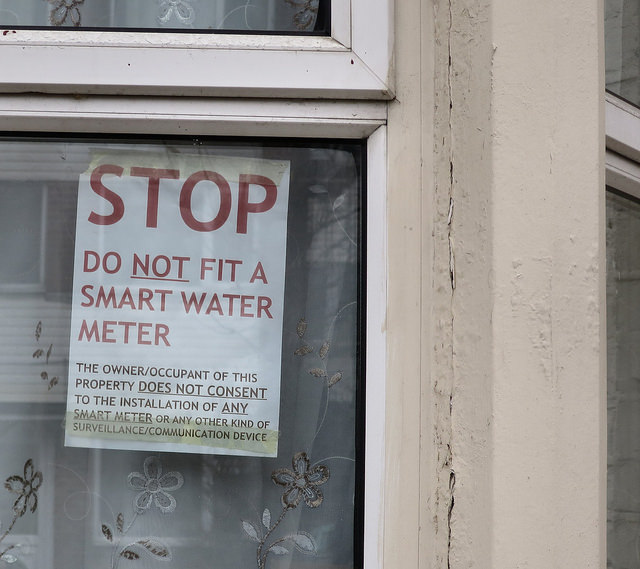
(credit: Alan Stanton)
The Internet of Things' "security through obscurity" has been proven once again to not be terribly secure thanks to an angry and possibly inebriated ex-employee. Adam Flanagan, a former radio frequency engineer for a company that manufactures remote meter reading equipment for utilities, was convicted on June 15 in Philadelphia after pleading guilty to two counts of "unauthorized access to a protected computer and thereby recklessly causing damage." Flanagan admitted that after being fired by his employer, he used information about systems he had worked on to disable meter reading equipment at several water utilities. In at least one case, Flanagan also changed the default password to an obscenity.
Flanagan's employer was not named in court documents. According to a plea agreement filing, Flanagan worked on a team that installed tower gateway base stations (TGBs)—communications hubs mounted on poles distributed across a utility's service area to communicate with smart meters. His work was apparently not up to his former employer's standards, however. In March of 2013, he received a poor annual performance review and was placed on a "performance improvement plan." He failed to meet expectations and was terminated in November of 2013.
Over the next few months, TGBs that Flanagan's employer had installed for a number of municipal water departments "developed problems," the Justice Department's sentencing memo stated. In December of 2013, employees of the water authority in Kennebec, Maine, found they couldn't connect to the utility's TGBs. This was a system Flanagan had installed, but the problems could not be directly attributed to him because the logs for the system weren't checked until February of 2014. By then, data from December had already been purged.
Saturday Morning Breakfast Cereal - A Reason

Click here to go see the bonus panel!
Hovertext:
And the further back in time we go, the shittier it gets!
New comic!
Today's News:
Former Epix chief digital officer pleads guilty to $7 million scheme

Emil Rensing, the former chief digital officer of premium cable network Epix, pled guilty today to defrauding his employer out of more than $7 million, according to the Department of Justice. Rensing was first arrested and charged in April 2016 for having used shell companies and phony identities to get Epix to pay companies he controlled for media services he never intended to deliver himself.
In some cases, the work was done by Epix employees, while Rensing passed it off as the work of third-party vendors that were in fact fictitious firms Rensing controlled. The scheme lasted from 2010 until 2015, netting Rensing millions. He also used the real names of acquaintances, former colleagues, and business partners on documents and emails...
Very good dog crashes every street view shot of this South Korean island
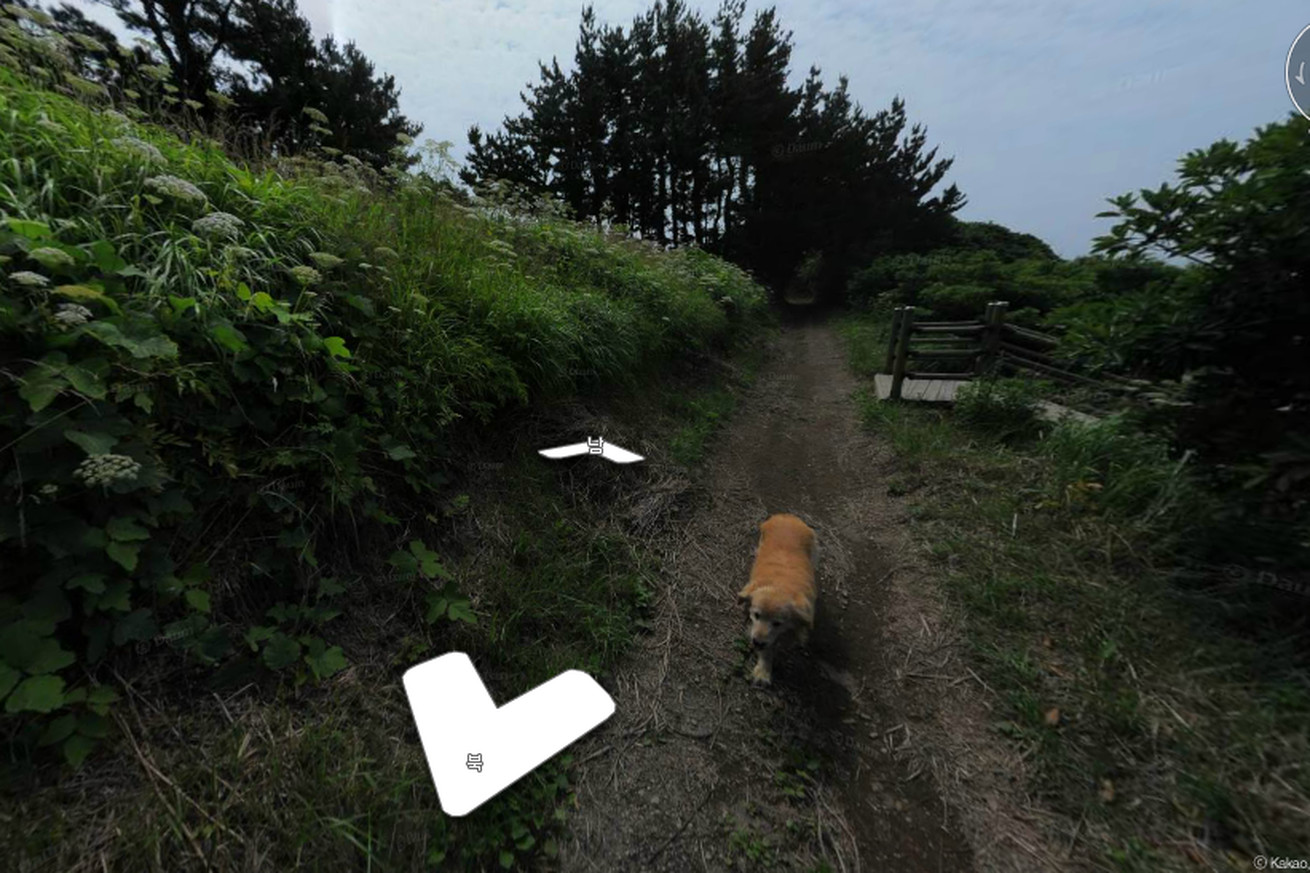
Oftentimes, the best way to describe directions to someone is to explain using street view technology, so you can use notable landmarks as cues for turns and stops. While Google Maps has been pretty good at covering a large part of the world, it’s certainly missing one useful component: a helpful guide dog who photobombs every shot along the way.
At least that’s one competitive advantage for Daum, a Kakao-owned web portal, for its coverage in Ulleung-gun, Gyeongbuk, South Korea. Map services often employ human photographers to capture off-road images, and it appears this very good dog has decided to accompany just about every shot along the trail on this little South Korean island.
Need help finding that lookout point over the beautiful...













